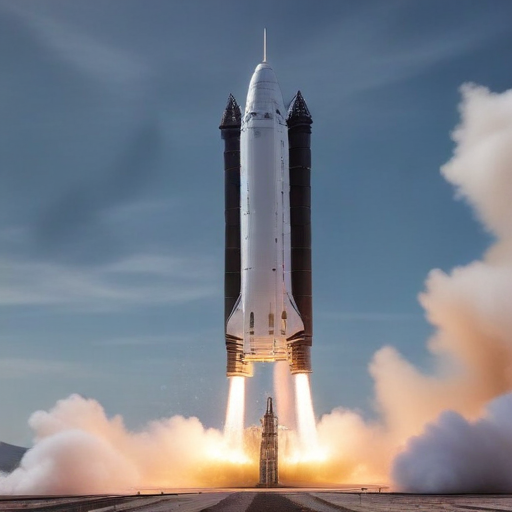SpaceX successfully completed the sixth test flight of its Starship vehicle on November 19, although the planned landing of the Super Heavy booster, Booster 13, was called off during its return. The launch took place from SpaceX’s Starbase test site in Boca Chica, Texas, right at the opening of a 30-minute launch window.
Notably present at the launch was President-elect Donald Trump, reflecting his ongoing collaboration with SpaceX CEO Elon Musk. The Super Heavy booster separated from the Starship upper stage approximately 2 minutes and 45 seconds after liftoff. However, shortly thereafter, mission controllers announced a “booster offshore divert,” which meant the booster would not return to the launch pad but instead landed in the Gulf of Mexico. Unfortunately, the booster ended up tipping over and exploding after making contact with the water.
Despite this setback, the booster succeeded in placing the Starship upper stage, designated Ship 31, on a suborbital trajectory. During its flight, SpaceX conducted a brief re-ignition of one of the Raptor engines, a critical test for future deorbit burns. Starship performed a reentry over the Indian Ocean, where modifications were made to its reentry profile, with a goal of pushing the vehicle’s limits for future missions.
During its return, Starship sustained some damage to one of its flaps and parts of its thermal protection system but did make a powered soft landing in the ocean 65.5 minutes post-launch, where it floated on its side. The timing of the launch allowed for this splashdown to occur during daylight, resulting in enhanced video coverage of the event.
Looking ahead, SpaceX plans to incorporate several upgrades into the next Starship upper stage, including larger propellant tanks, which will increase the payload capacity from 1,200 to 1,500 tons. Additionally, changes to the forward flaps will improve thermal protection during reentry. While the company has not announced a specific date for the next launch, they are expected to continue building upon these tests and improvements.
In a positive light, this flight demonstrates SpaceX’s resilience and capability to conduct rapid test sequences while overcoming challenges. The successful completion of crucial aspects of the mission, even amidst setbacks, highlights the company’s commitment to advancing space travel and enhancing the technology necessary for future deep-space endeavors.
Overall, SpaceX is making significant strides, and their innovative approach will likely lead to breakthroughs in the aerospace industry.
